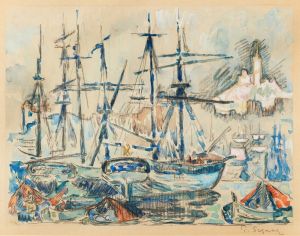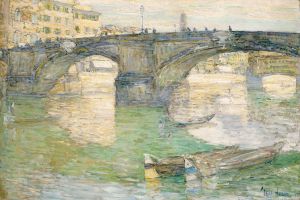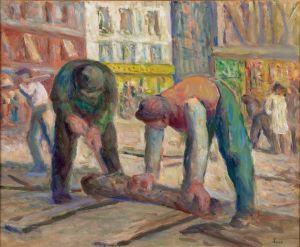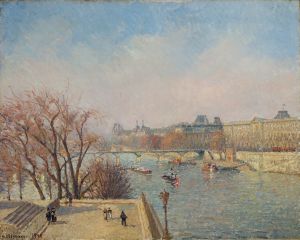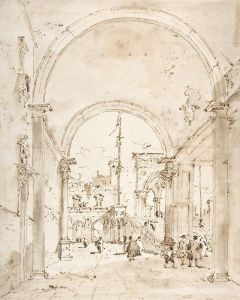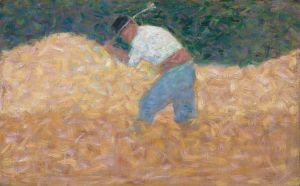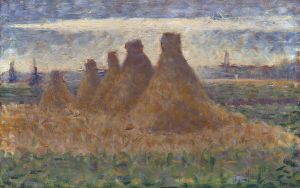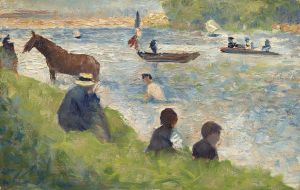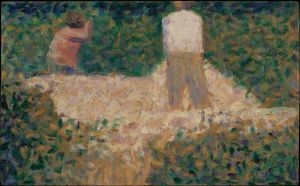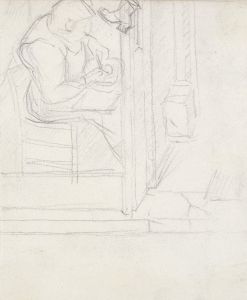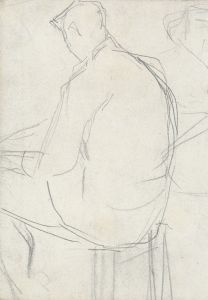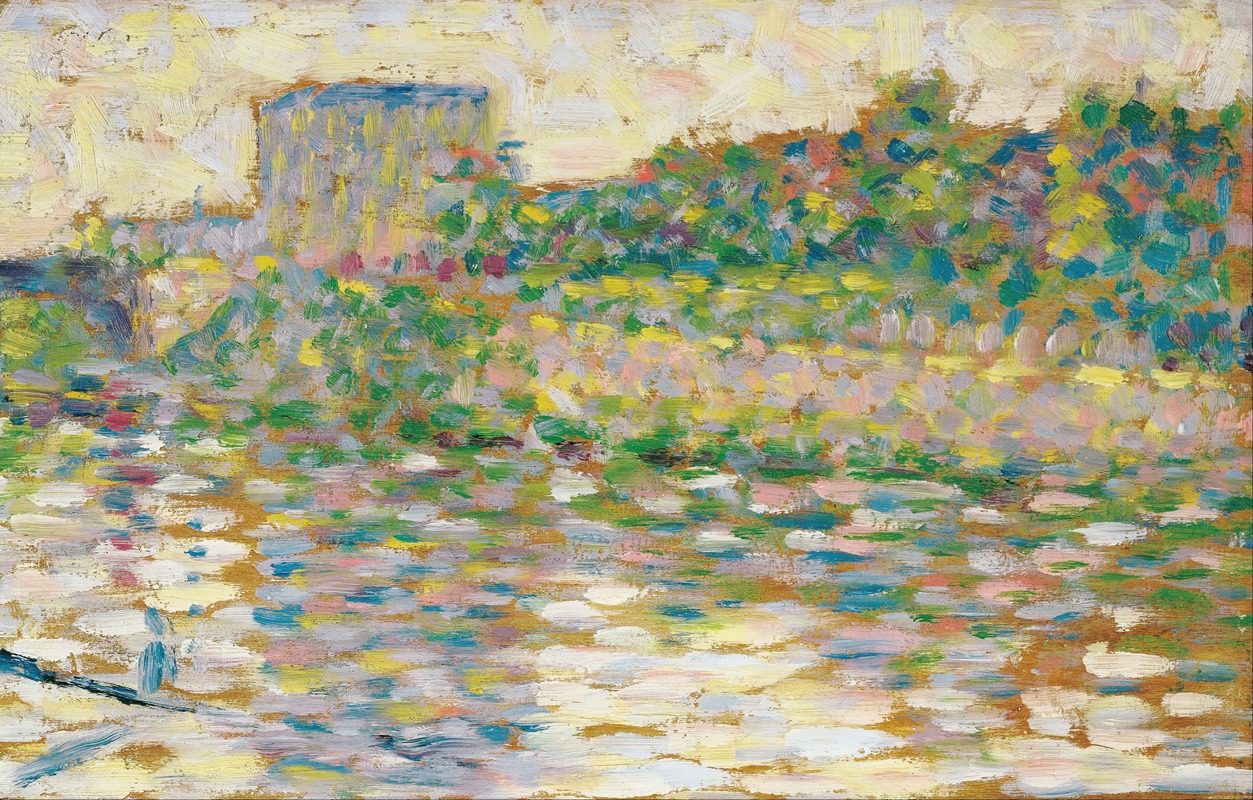
The Seine at Courbevoie
A hand-painted replica of Georges Seurat’s masterpiece The Seine at Courbevoie, meticulously crafted by professional artists to capture the true essence of the original. Each piece is created with museum-quality canvas and rare mineral pigments, carefully painted by experienced artists with delicate brushstrokes and rich, layered colors to perfectly recreate the texture of the original artwork. Unlike machine-printed reproductions, this hand-painted version brings the painting to life, infused with the artist’s emotions and skill in every stroke. Whether for personal collection or home decoration, it instantly elevates the artistic atmosphere of any space.
"The Seine at Courbevoie" is an oil painting created by the French artist Georges Seurat in 1885. Seurat is renowned for pioneering the technique known as Pointillism, a method of painting in which small, distinct dots of color are applied in patterns to form an image. This technique is a branch of the broader movement known as Neo-Impressionism, which Seurat helped to develop.
The painting depicts a serene scene along the Seine River at Courbevoie, a suburb northwest of Paris. The composition captures the tranquility of the riverbank, with the calm waters of the Seine reflecting the sky and surrounding landscape. The scene includes a few boats and industrial elements, which were common sights in the area during the late 19th century. This juxtaposition of natural and man-made elements is a characteristic feature of Seurat's work, reflecting the changing landscape of France during the Industrial Revolution.
Seurat's meticulous technique is evident in "The Seine at Courbevoie." The painting is composed of countless tiny dots of color, carefully placed to create a harmonious and luminous effect. This method allows for a greater vibrancy and depth of color, as the viewer's eye blends the individual dots into a cohesive image. The use of Pointillism in this painting demonstrates Seurat's scientific approach to color and composition, influenced by contemporary theories of optics and color perception.
"The Seine at Courbevoie" is part of a series of works by Seurat that explore the landscapes along the Seine River. These works often focus on the interplay of light and water, capturing the ephemeral qualities of the natural world through the precise application of color. Seurat's interest in the effects of light and atmosphere is evident in the delicate gradations of tone and the subtle shifts in color throughout the painting.
This painting is housed in the Kröller-Müller Museum in Otterlo, Netherlands. The museum is known for its extensive collection of works by Seurat and other artists associated with the Neo-Impressionist movement. "The Seine at Courbevoie" is considered an important example of Seurat's mature style and his innovative approach to painting.
Georges Seurat's contributions to the art world extend beyond his technical innovations. His work has had a lasting impact on the development of modern art, influencing subsequent movements such as Fauvism and Cubism. Seurat's dedication to exploring the scientific principles of color and composition has cemented his place as a pivotal figure in the history of art.
In summary, "The Seine at Courbevoie" exemplifies Georges Seurat's mastery of Pointillism and his ability to capture the serene beauty of the natural world. Through his innovative technique and scientific approach to painting, Seurat has created a work that continues to be celebrated for its artistic and historical significance.





